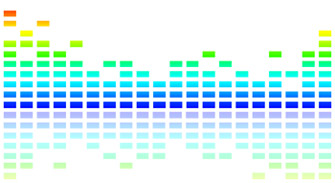Audio restoration services can help restore your audio into clearer, fuller sound. Over the years, audio recorded onto analog media will degrade and the sound will fade or muffle. Our talented in-house audio technician has the skills and experience to bring your audio back to life.
